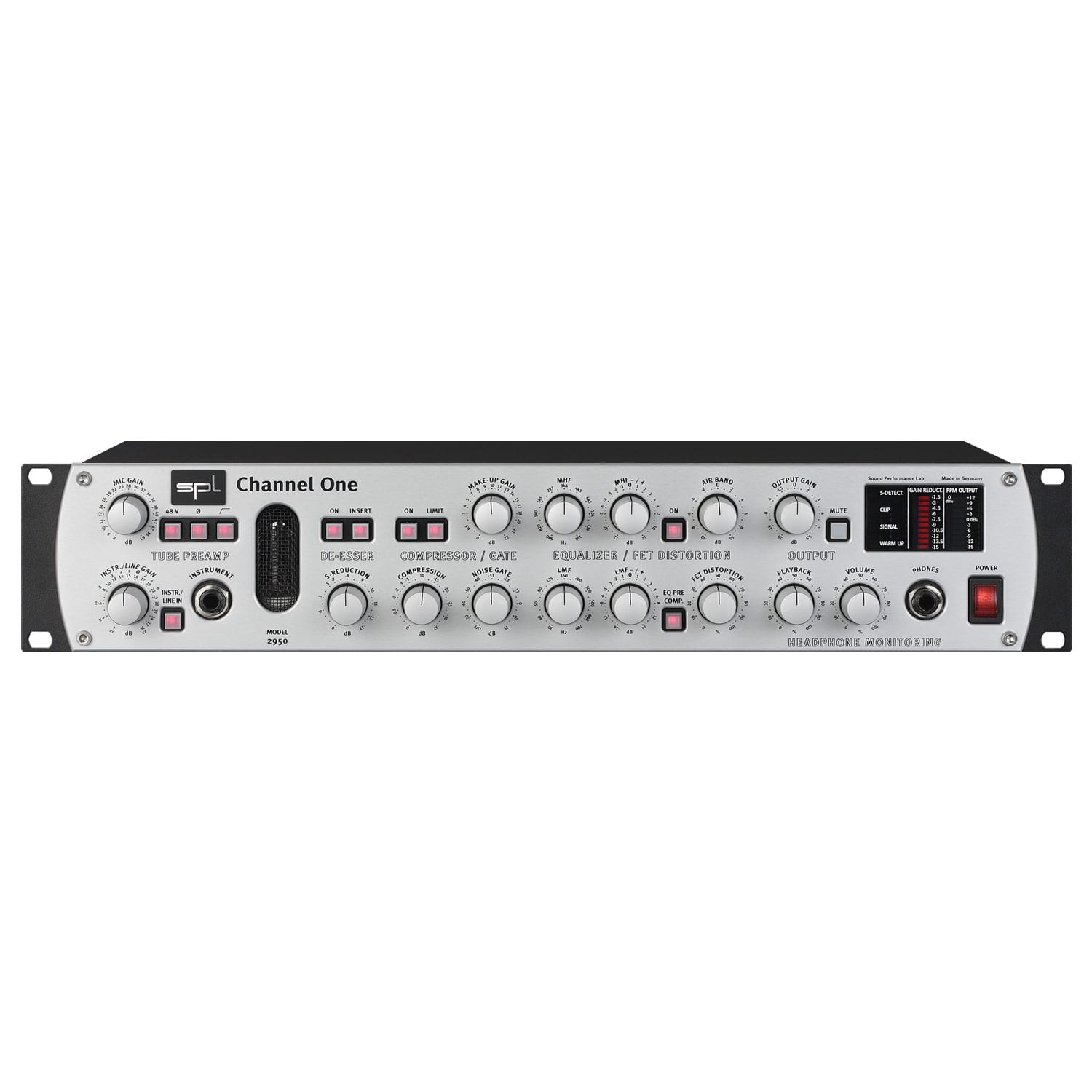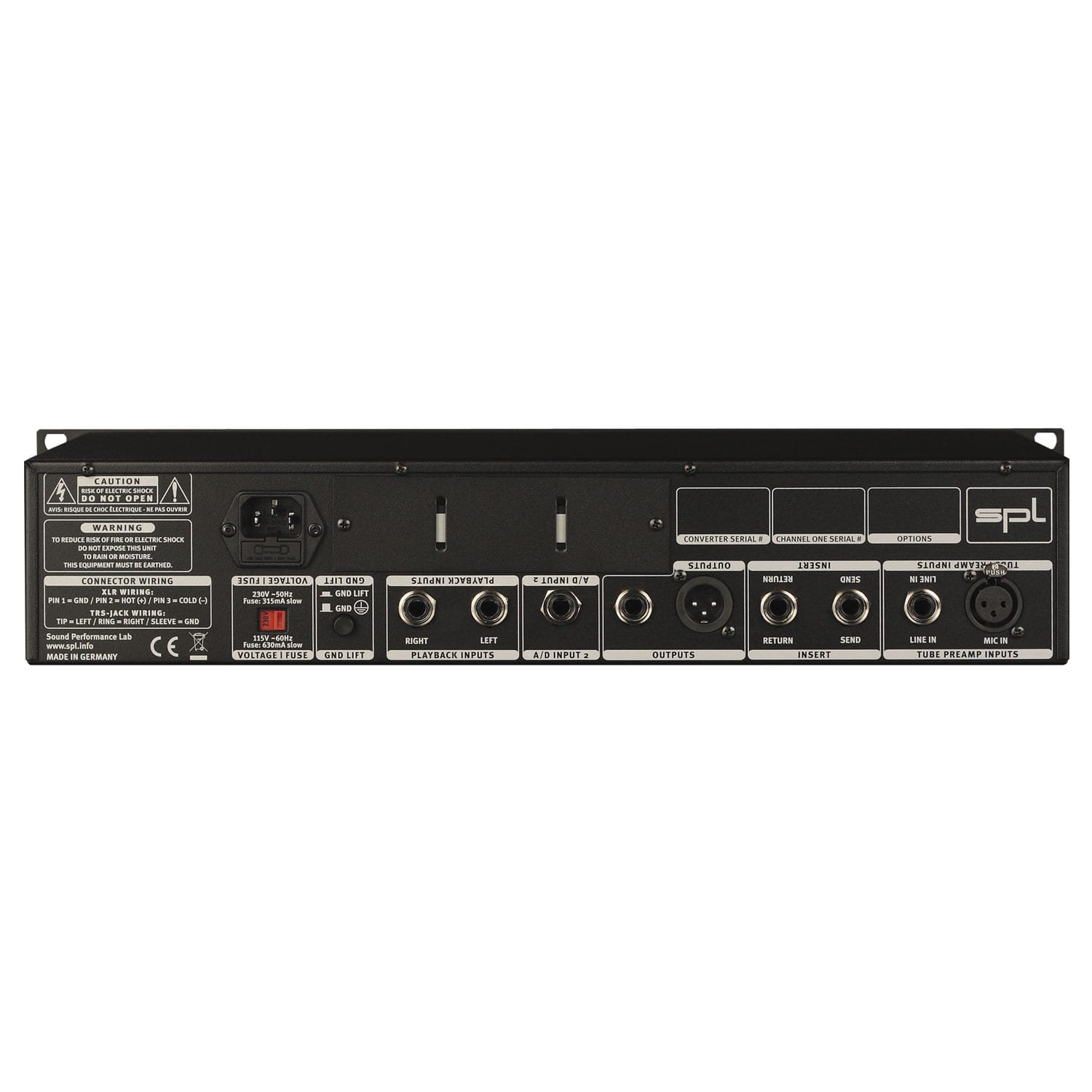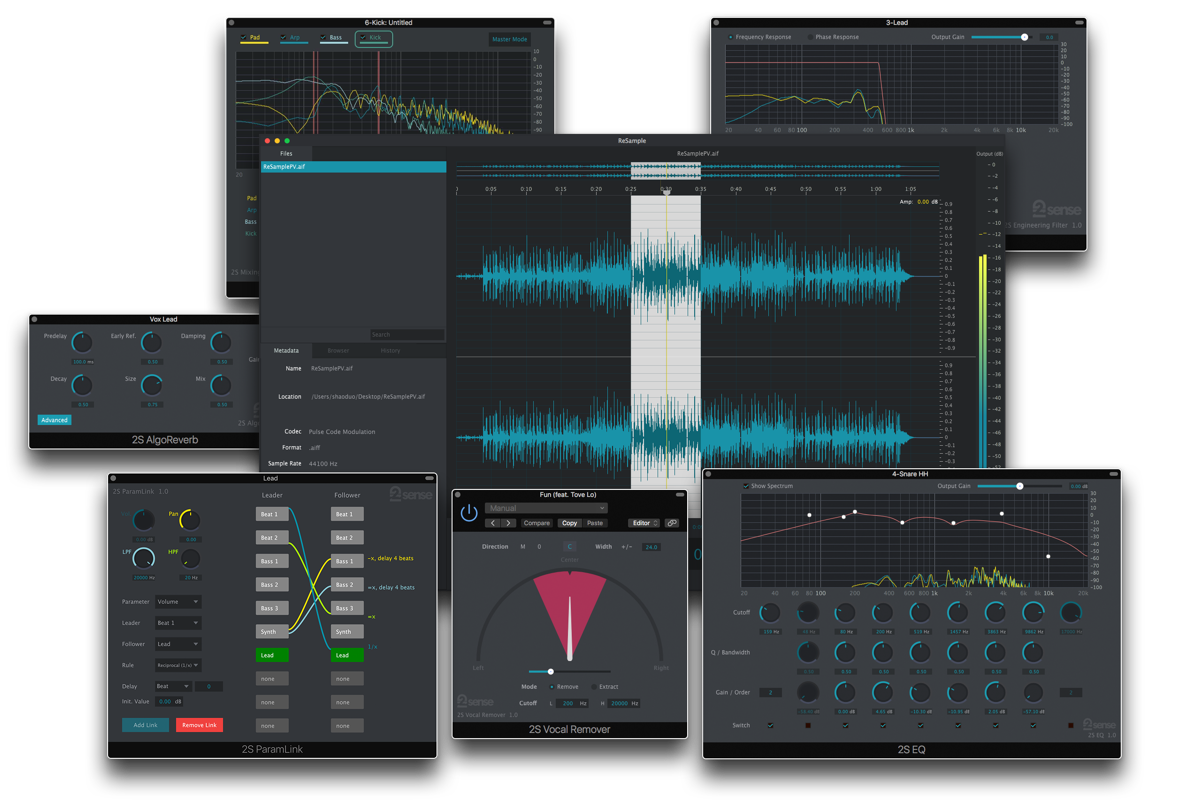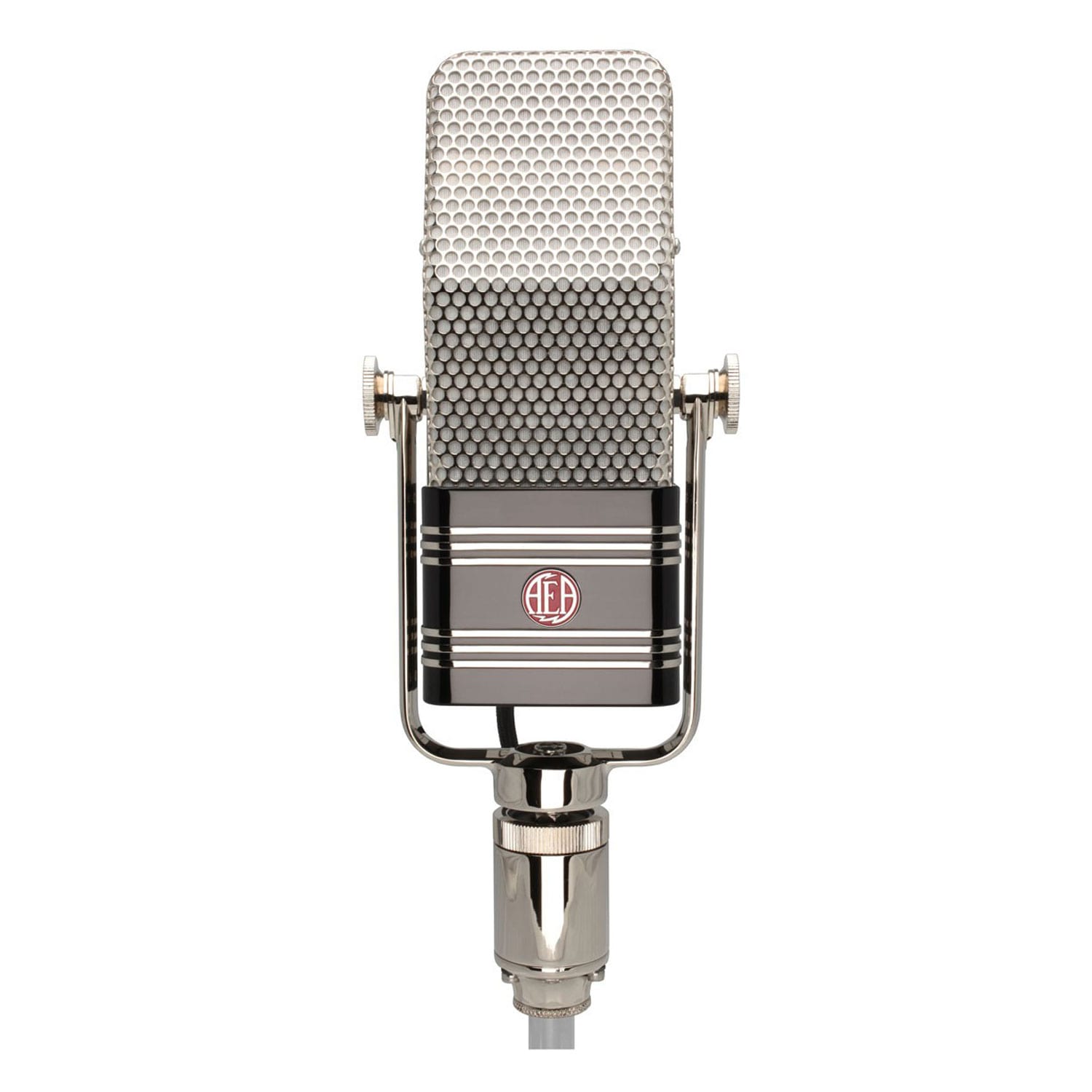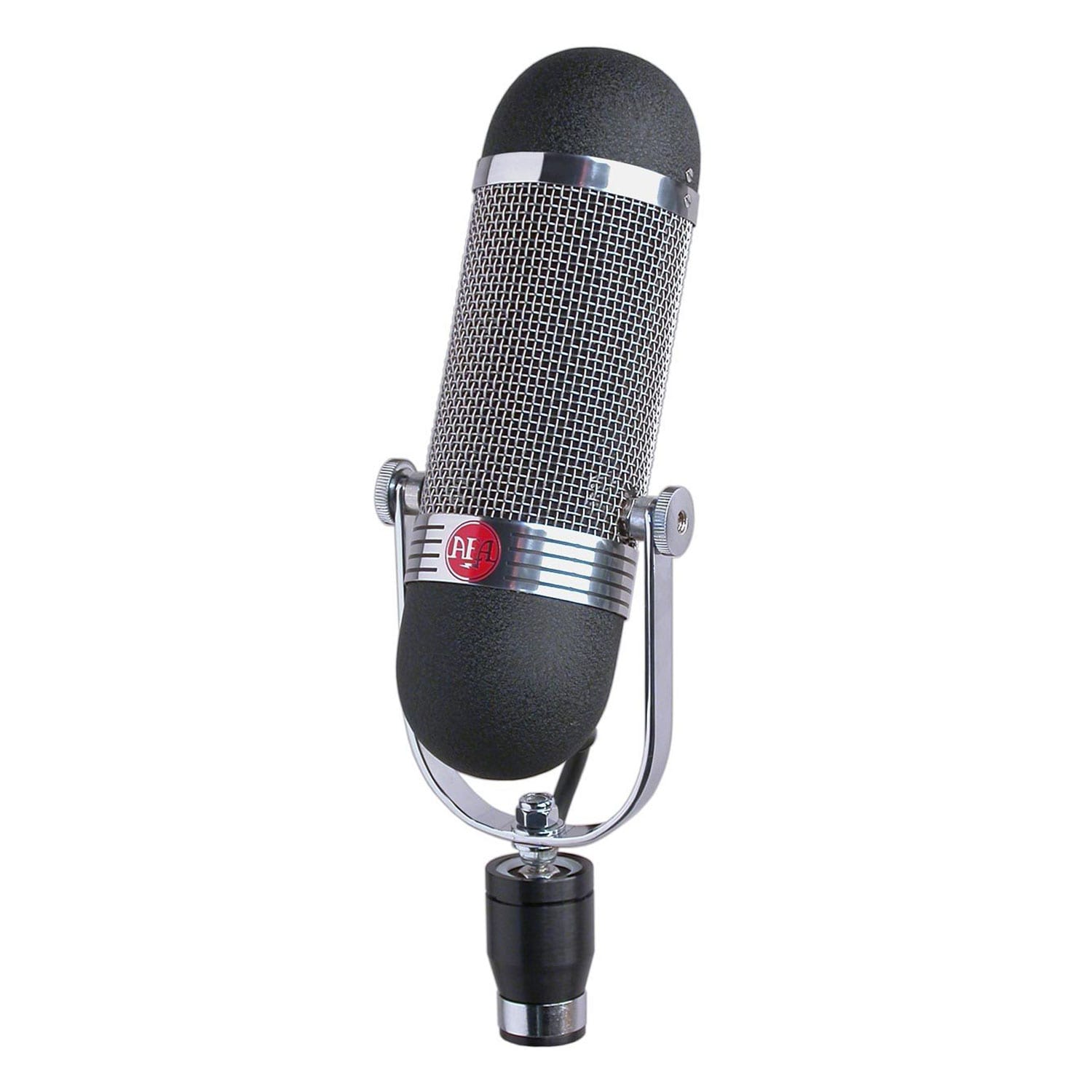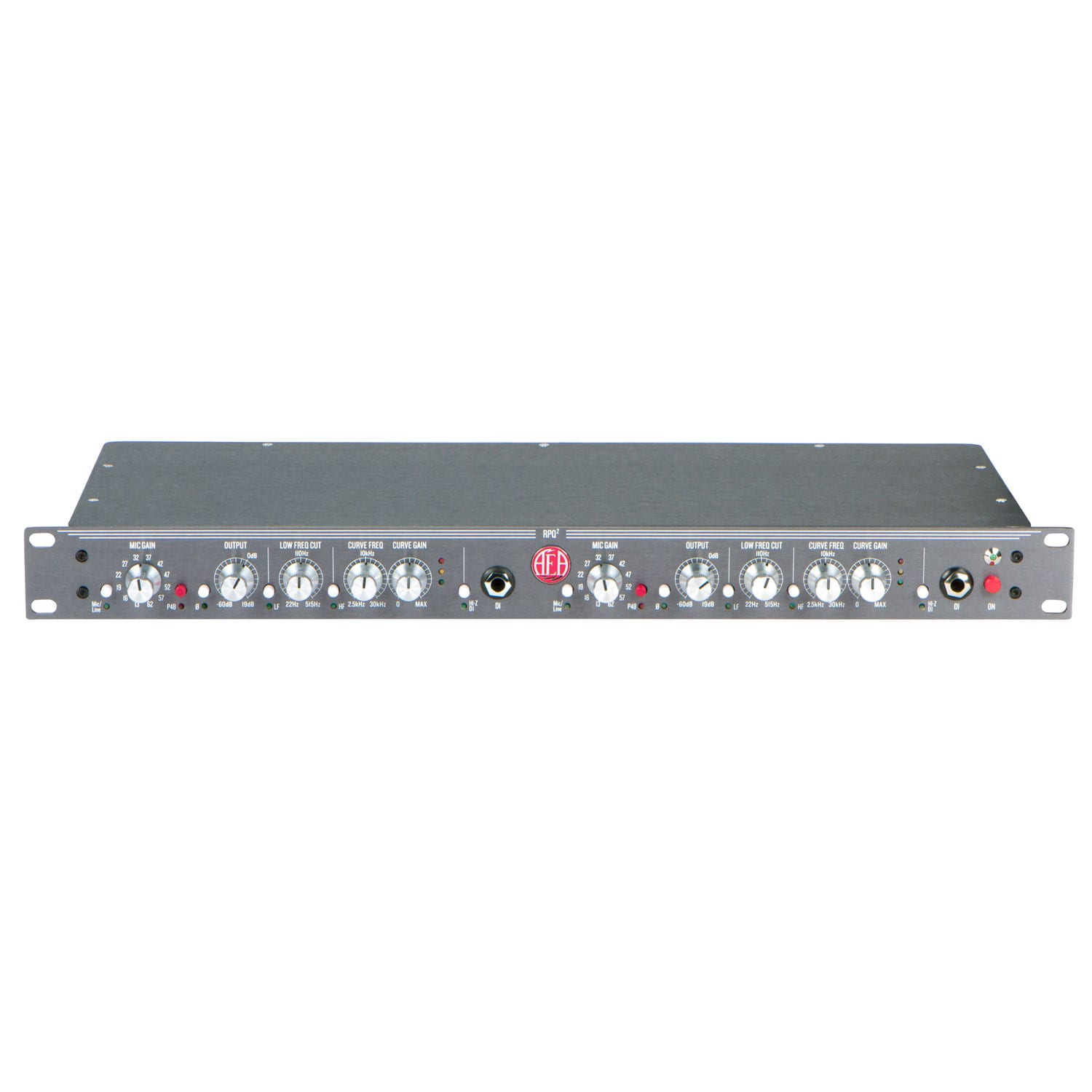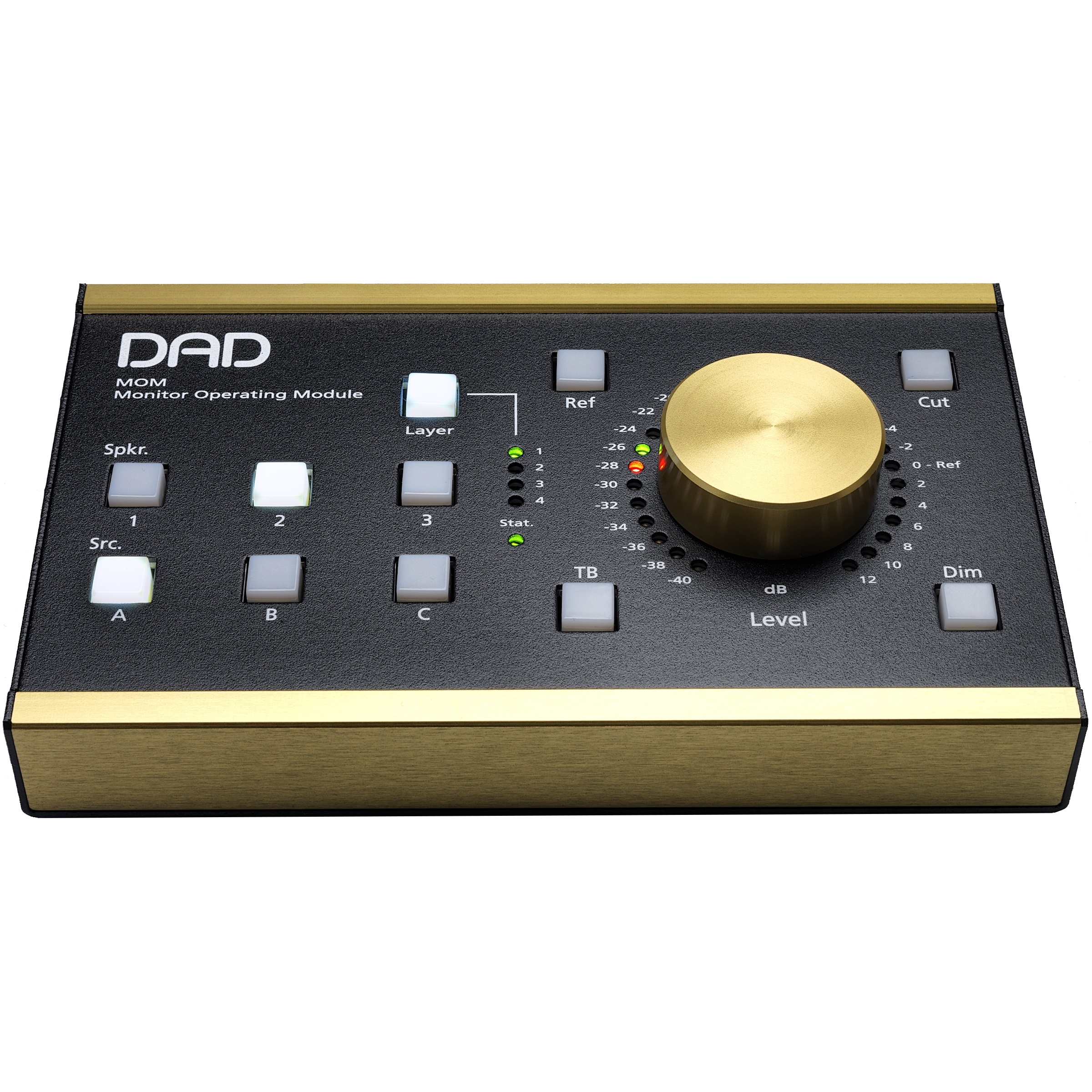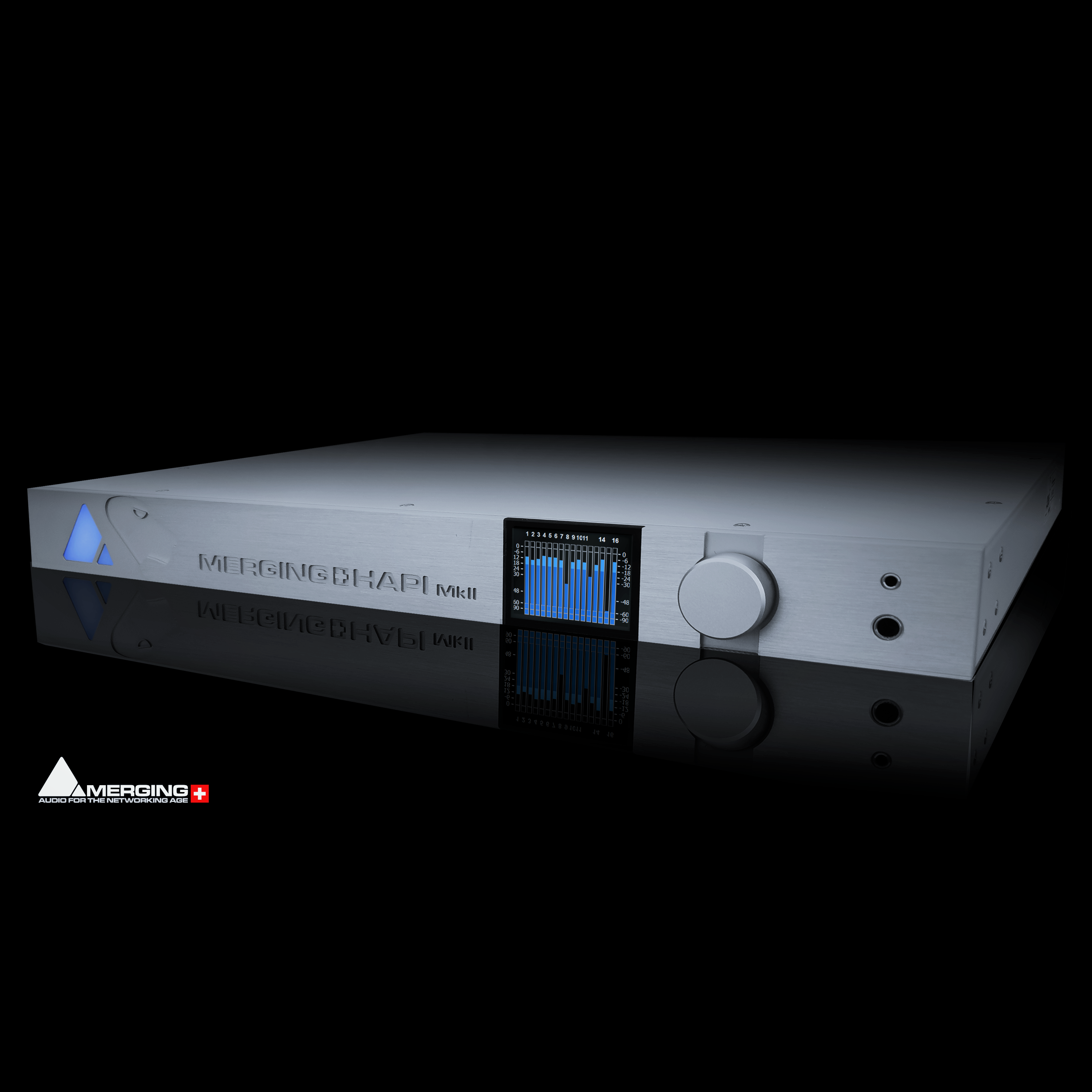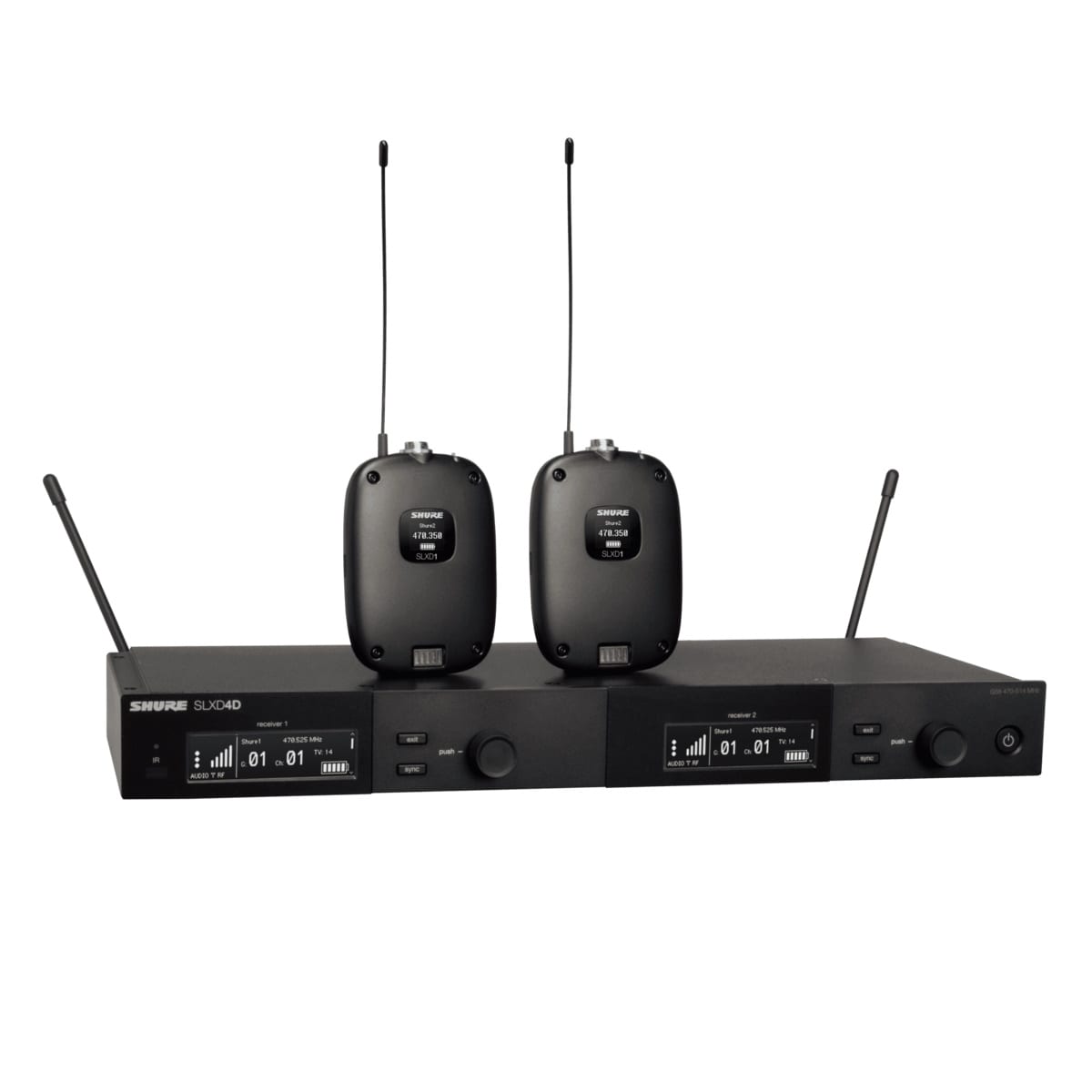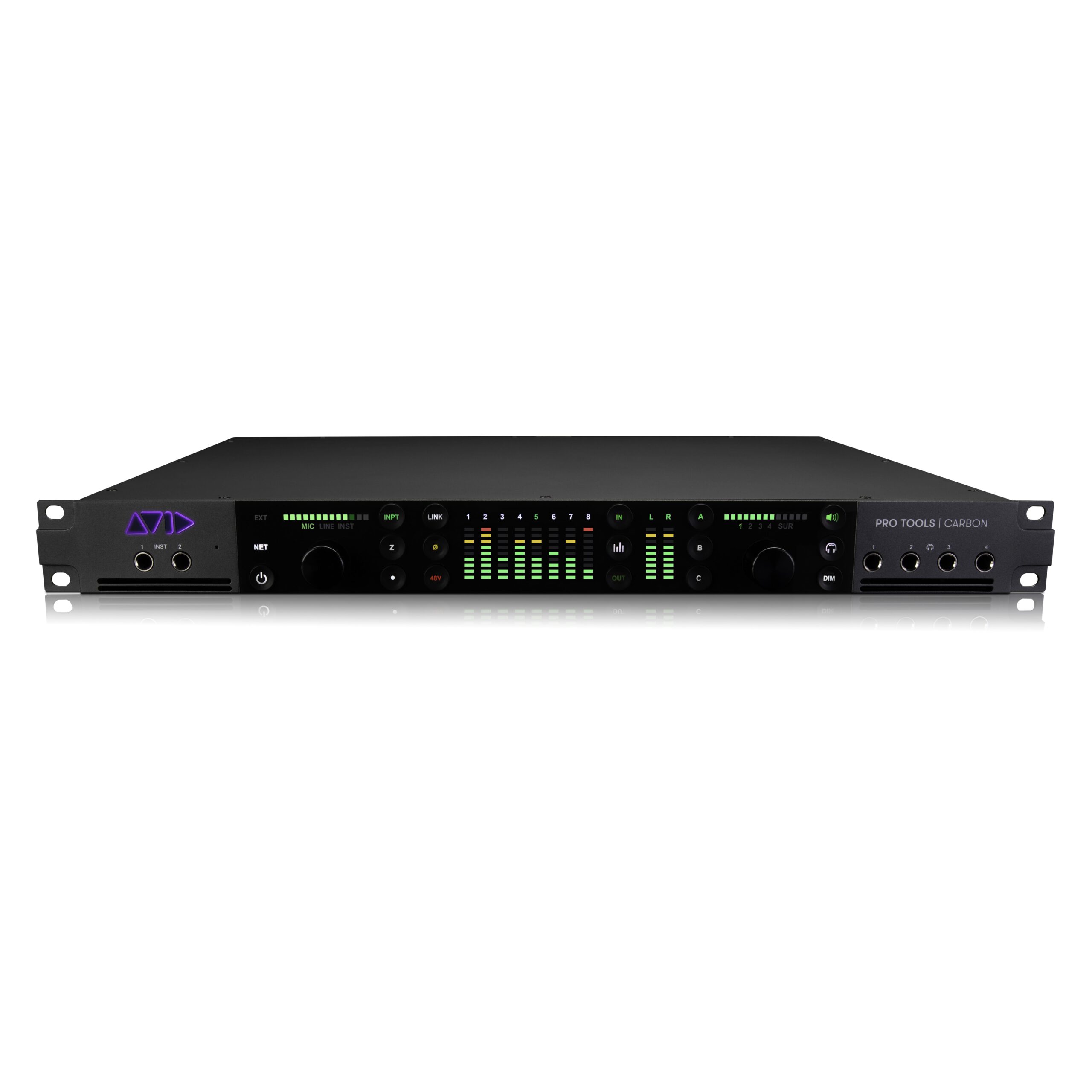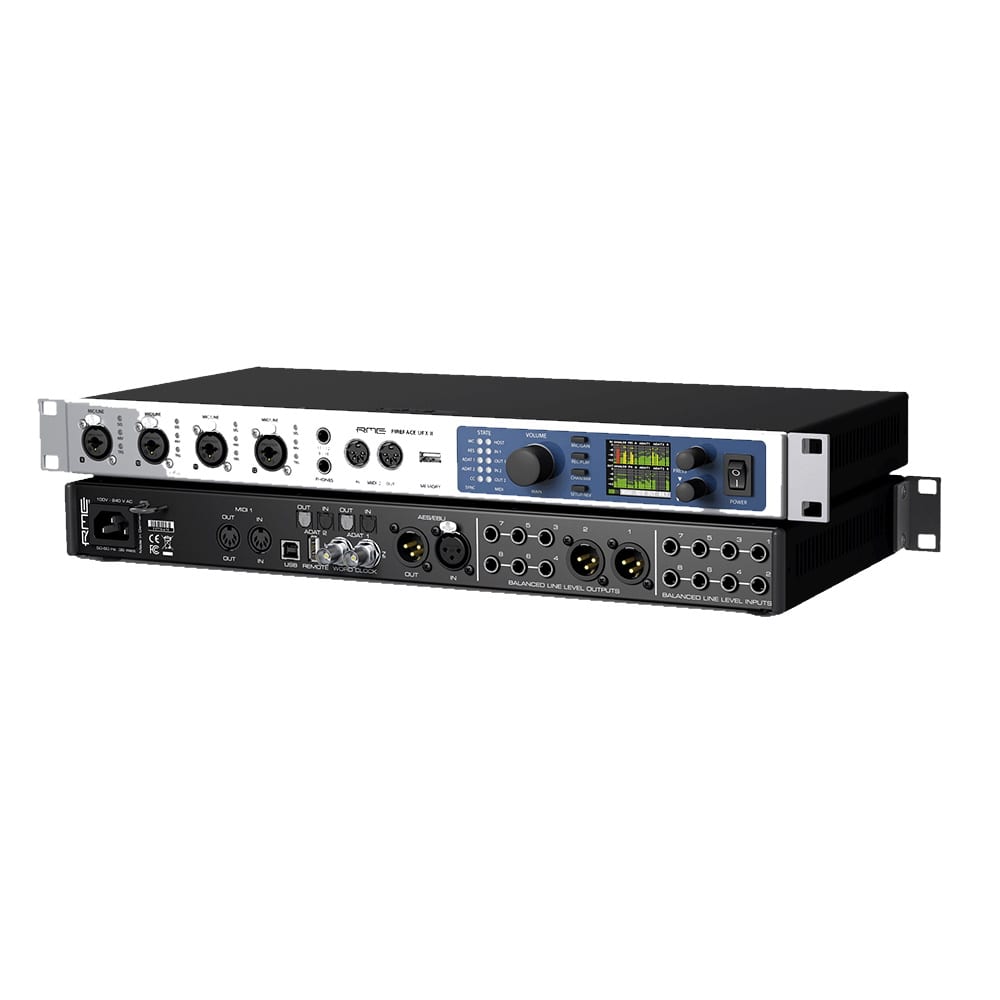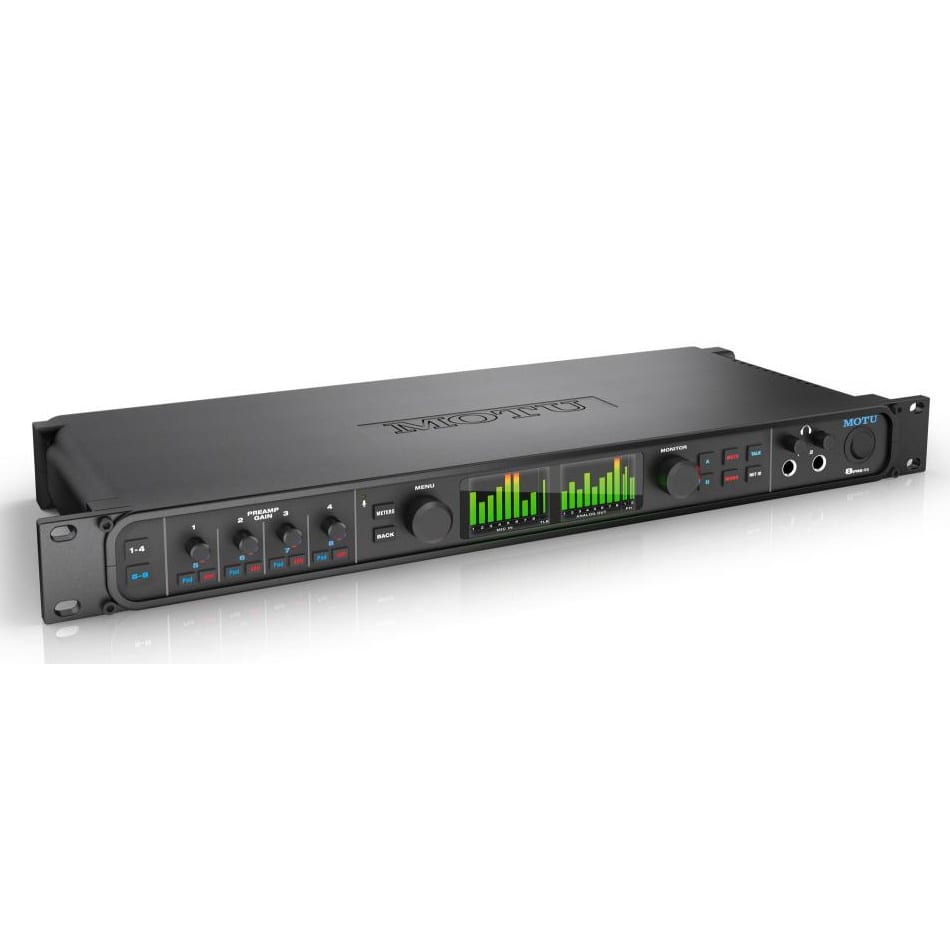Description
SPL Channel One
Channel One is the ideal channel strip for reliable results with the highest sonic demands. Extensive automation for fast operation and musical sound characteristics guarantee first-class recordings from the first take.
Tube Preamp
The pre-amplification stages offer three inputs:
- The microphone input has 48 V phantom power, polarity reversal and an LF cut filter.
- The line input has a precise balancing stage for connecting additional studio equipment.
- The low-noise instrument input is easily accessible on the front panel.
The De-Esser removes annoying S-sounds without affecting the sound. In contrast to conventional compressor techniques, the S-frequencies are detected in a very narrow band and are mixed in phase reversed to the original, whereby the S-sounds are deleted very unobtrusively.
The De-Esser works in Auto-Threshold mode. This ensures constant processing even if the distance to the microphone and thereby the input level fluctuates. Just one knob is needed to set the desired S-Reduction.
Insert
Via the insert (send/return) external effect devices (reverb, delay) can be inserted or the pure preamp signal can be sent out.
Compressor & Gate
The compressor/limiter section is based on SPL’s Double-VCA-Drive circuit, which provides excellent noise and distortion data and delivers musical results even at extreme settings.
The compressor is also extremely easy and fast to adjust with just one control.
The Noise Gate with Auto-Release-Circuit works crackle- and flutter-free; reverb tails are “detected” and not cut off
Equalizer & FET Distortion
A new EQ section has been designed for Channel One, specifically designed for processing voices and acoustic and electronic instruments.
In addition to low-, mid-hi, and air-band filters, a field-effect distortion stage is used to equalize distortion-prone signals full of character.
Output & HP-Monitoring
Unique in this product category:
With the headphone monitor, the singer/speaker can finally be fed an individual mix without latency problems. The mix via a mixing console is no longer necessary.
Lundahl Transformers
The Sonic Aspects
Transformers are used as an alternative to electronic balancing stages in the inputs and outputs.
Transformers can be found in many classics of audio engineering. They make the bass and fundamental tines rounder and give it a little more punch. The high and overtone range sounds a bit silkier and more present.
We find transformers to be advantageous, especially for voices. For the highest precision and speed in signal transmission (transient processing), however, electronic stages are better suited. The bottom line is that it is a question of taste and application.
In the Mic Preamplifier
In the case of preamplifiers or channel strips, the 2161 input transformer, which is specially designed for microphone inputs, provides an additional gain of up to 14 dB (depending on the microphone), which must then be added to the scaling.
This relieves the microphone preamplifier. Since the transformer ratio passively increases the level, no noise is added. Therefore, the input transformer is more important than the output transformer in preamplifiers.
However, it is only when both transformers are fitted that all positive sonic aspects are achieved – as well as increased operational reliability.
AD Converter Module 1090
The 24-bit converter module provides a SPDIF output which is available as coaxial and optical output.
The internal sampling rate can be set with switches to 44.1, 48, 88.2, and 96 kHz. Other sampling rates (32, 176.4, 192 kHz) can only be set with an external synchronization signal.
Specifications
Analog inputs & output; XLR & TRS Jack (balanced)
Internal Linear Power Supply with Shielded Toroidal Transformer
Mains Power Supply
Dimensions & Weight
Reference: 0 dBu = 0,775V. All specifications are subject to change without notice.
